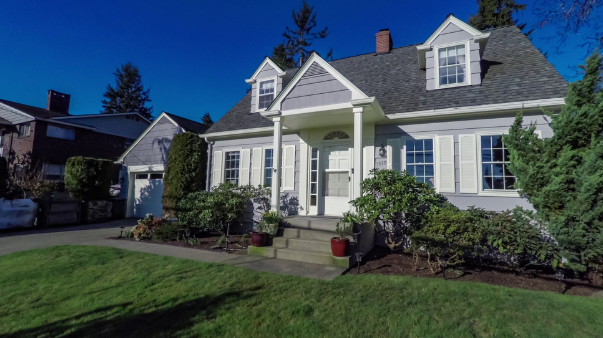Adding a privacy fence to your yard can enhance not only the aesthetic appeal but also the functionality of your home. However, there are several important factors to consider before installation. From understanding material lifespan to complying with local regulations, being informed can prevent costly mistakes and ensure that your fence serves its intended purpose effectively.
Choosing the Right Material for Longevity
When planning your fence, selecting the right material is crucial for longevity. Wood is popular for its classic look, but it’s worth noting that it typically needs to be replaced every 10 to 20 years, as stated by home expert Bob Vila. If durability is your priority, consider alternatives like vinyl or metal, which may incur higher upfront costs but often last longer with minimal maintenance.
The time and effort required for upkeep should be factored into your decision. Wood fences, while charming, demand regular treatments and inspections to prevent rot and pests, whereas other materials may offer low-maintenance benefits. Understanding these trade-offs can help you make an informed decision that aligns with your lifestyle and budget.
In addition to material choice, the climate in your region plays a significant role in the decision-making process. Extreme weather conditions, such as heavy snowfall or intense sun, can prematurely age your fence. Moreover, certain materials may fare better in specific environments, safeguarding your home investment and providing lasting appeal.
Understanding Property Lines and Setbacks
Before erecting your fence, it is essential to understand your property boundaries and local zoning laws. Generally, fences are required to be set back a few inches from sidewalks and property lines, with requirements ranging from 2 to 8 inches and sometimes up to a foot, as Better Homes & Gardens notes. Obtaining precise measurements will aid you in avoiding potential disputes with neighbors and legal complications.
Consulting with your local zoning office can guide the specific regulations that apply in your area. Besides the setback rules, the height and style of the fence may also be regulated. Compliance with these regulations will ensure a smooth installation process and prevent costly adjustments in the future.
Moreover, discussing your fencing plans with neighbors can foster goodwill and ensure expectations are met on both sides. This communication might reveal shared concerns or opportunities for cost-sharing if your neighbors are also considering fencing improvements. Ultimately, respecting property lines and building codes reinforces community harmony and maintains the integrity of your home project.
Hiring a Professional vs. DIY Installation
While the appeal of a DIY fence project may be strong, hiring a professional can often save time and stress. The United States boasts over 50,000 fencing contractors, as highlighted by Grand View Research, indicating a wide selection for homeowners. Professional installers bring not only expertise in dealing with tricky terrains and complex regulations but also provide warranties that can assure peace of mind.
For a seamless experience, it is wise to seek recommendations and read reviews of local contractors. A reputable contractor will offer a consultation to understand your needs and constraints before proposing solutions. A detailed contract is essential to outline the work scope, ensuring clarity and alignment before the project begins.
Despite the potential cost savings of a self-installed fence, the labor-intensive nature of such projects should not be underestimated. Investing in the services of a qualified professional might be more prudent for those lacking the necessary skills or time. Ultimately, the decision should consider personal capability, budget, and the degree of certainty required for a successful home improvement.
Budgeting for Your Fence Project
A realistic budget is a foundational step in planning your fence. Cost considerations extend beyond materials and labor; other factors include permits, utility checks, and potential landscaping alterations. By accurately estimating these elements, you can avoid overspending and ensure that the fence enhances value without straining finances.
Preparing for unexpected expenses is another key aspect of budgeting. Changes in material prices or unforeseen complications during installation can increase costs. Including a buffer in your budget can help manage these contingencies smoothly.
Exploring different financing options might also contribute to better financial planning. Some fencing contractors or home improvement stores offer payment plans or discounts, easing the immediate financial burden. A well-crafted budget will provide a clear financial roadmap, aligning the project with long-term financial goals.
Adding a privacy fence to your yard enhances your home’s comfort and appeal. By carefully considering material choices, local regulations, professional services, and budget constraints, you ensure that your project is both functional and aesthetically pleasing. Making informed decisions will protect your investment, offering enjoyment and privacy for years to come.








